Safety, Disaster Prevention
- Related ESG :
- E S G
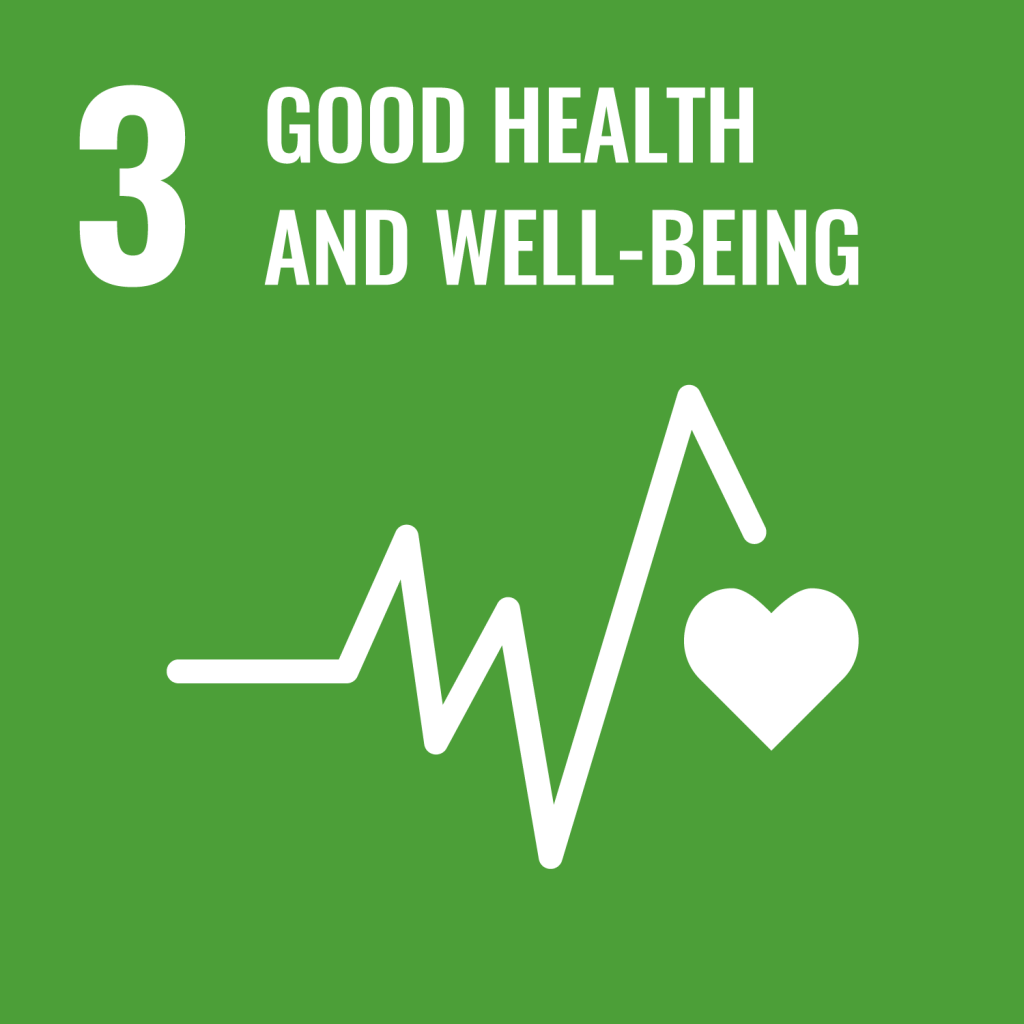
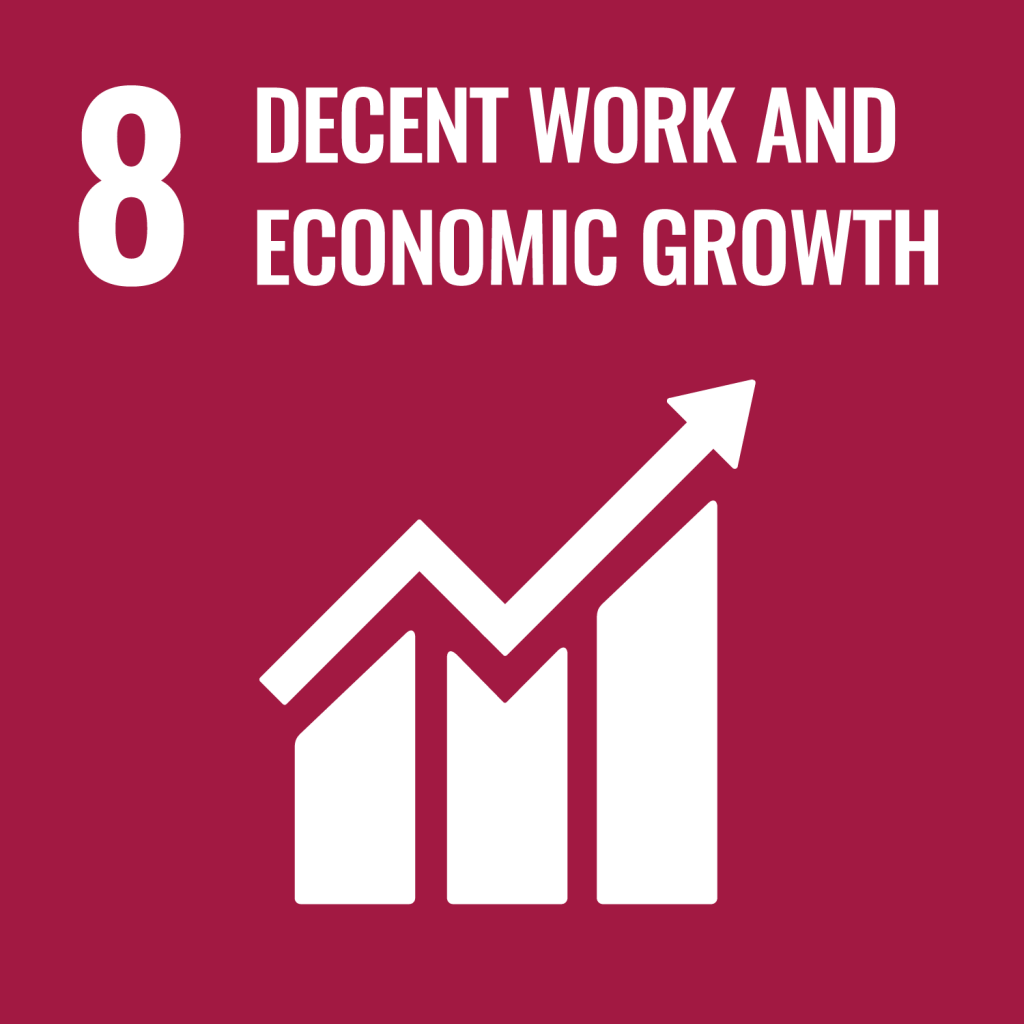
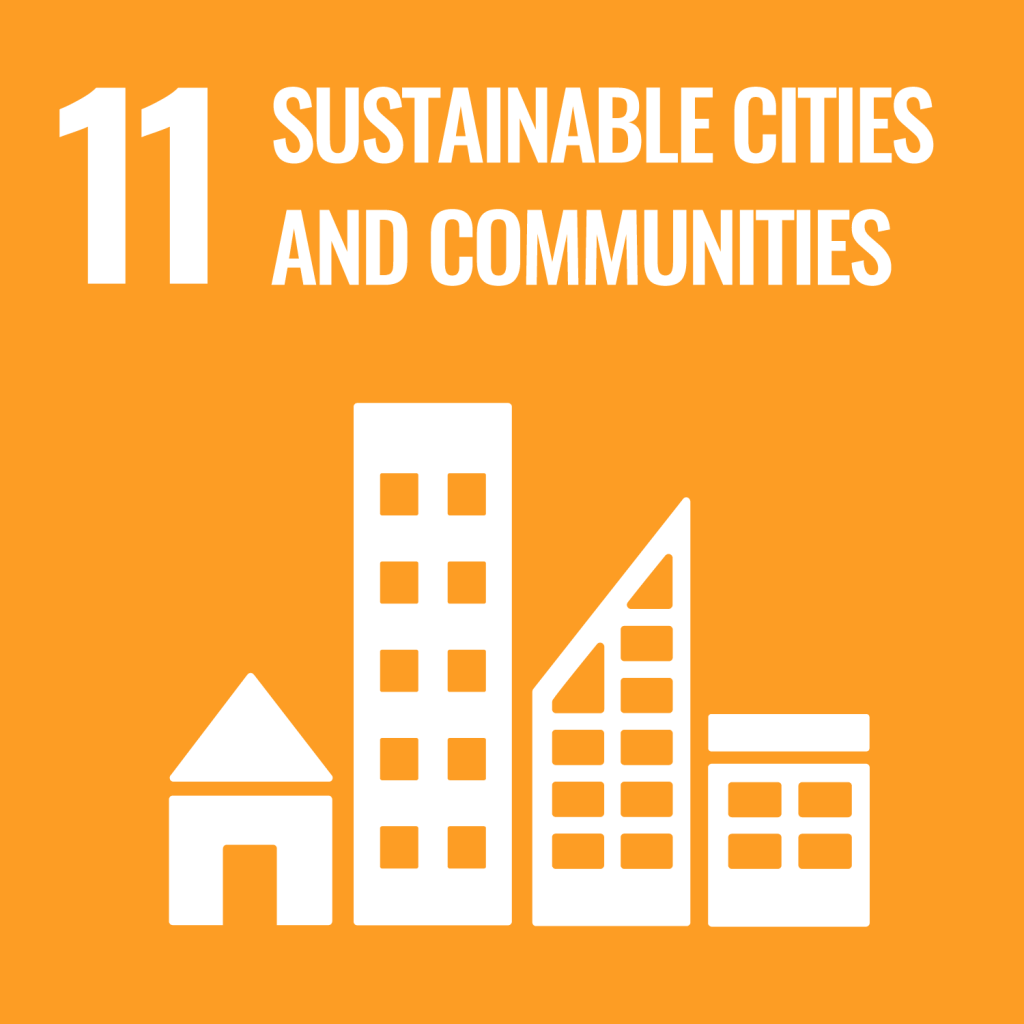
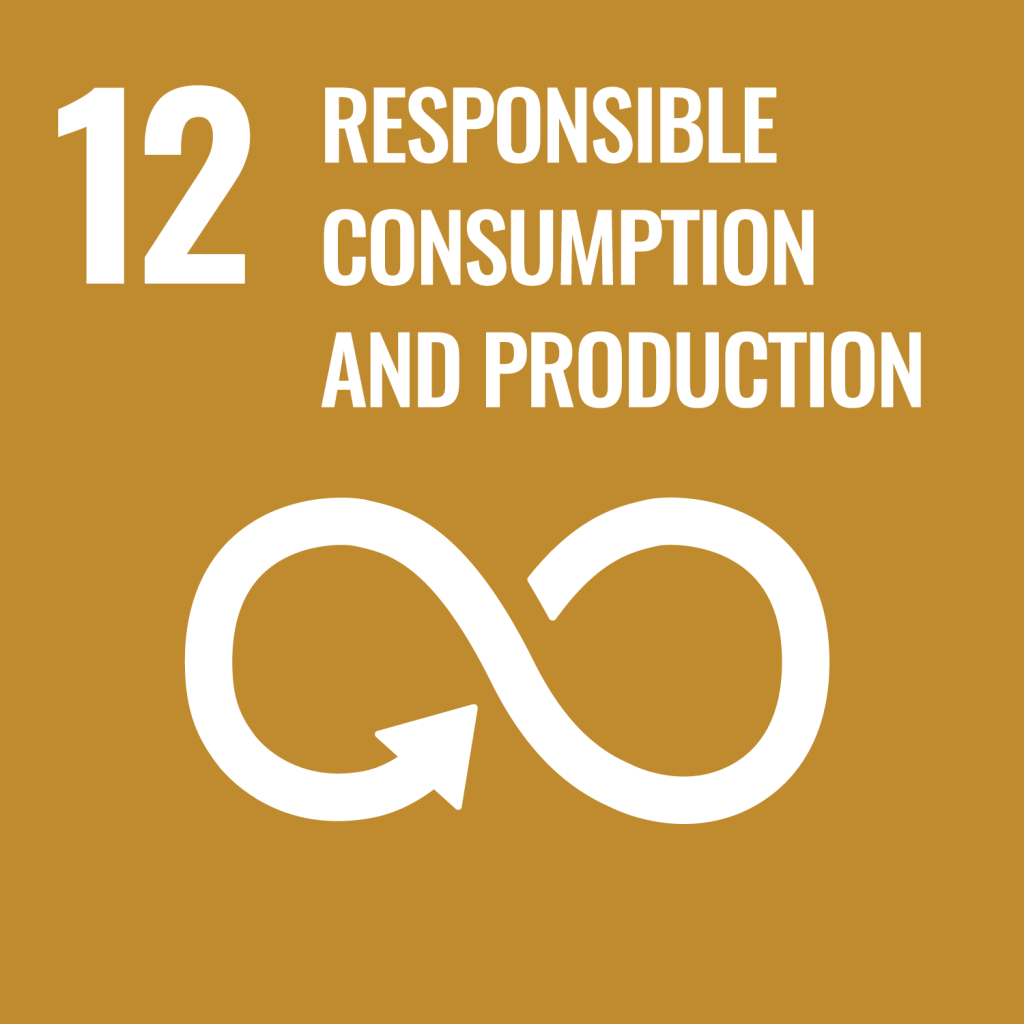
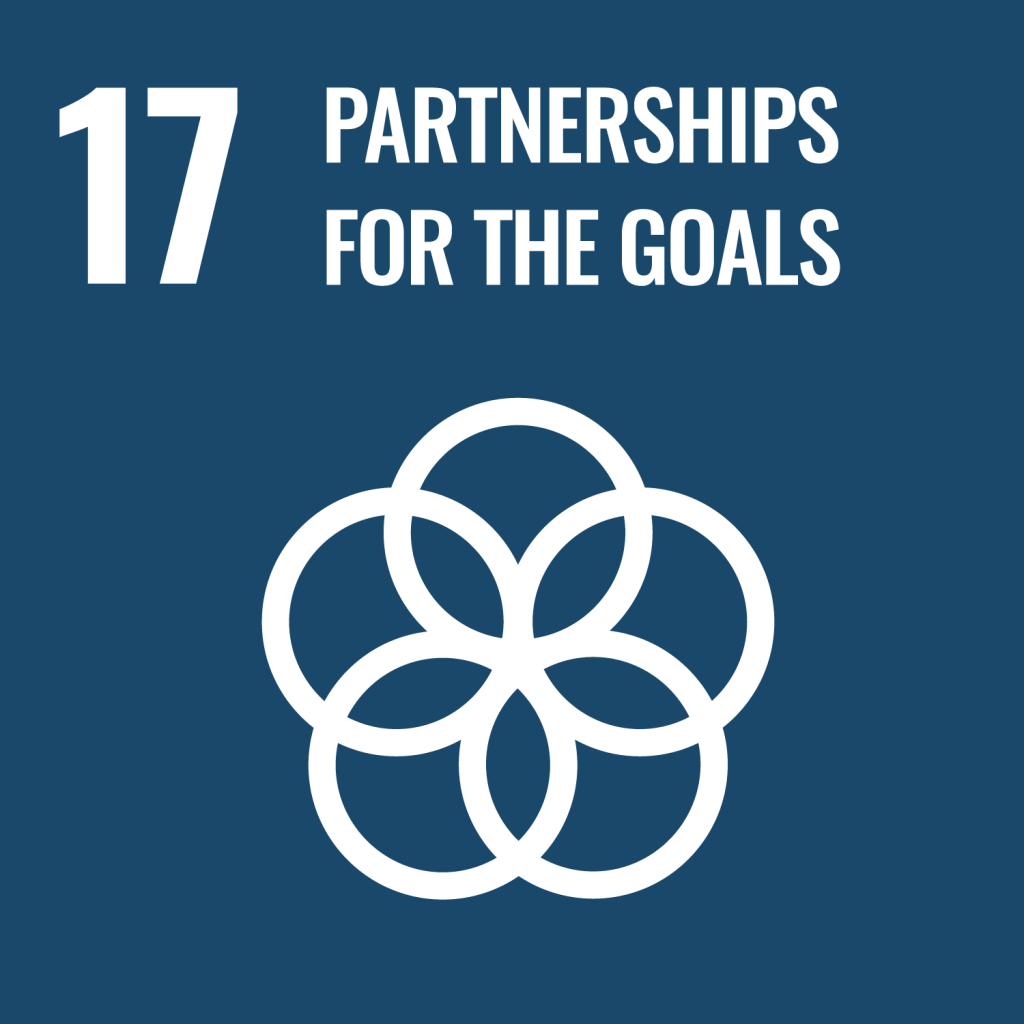
Management approach
Policy and approach
Toyobo Group recognizes that ensuring health and safety is a precondition for corporate activities. We have formulated the Toyobo Group Basic Policy on Health & Safety, which applies not only to our employees but also to the personnel of partner companies (contractors), and we are striving to build a safe workplace environment.
Our safety declaration, instituted in April 2022, states that “We will ensure ‘safety first’—occupational safety, environmental safety, product safety, and equipment safety.” Our slogan in FY2025 was “Protect yourself, protect your colleagues, and speak up when noticing something,”.
Toyobo Group designates September as “Disaster Preparedness Month” and September 6 as “Toyobo Group Disaster Preparedness Day,” when we conduct awareness-raising activities related to preparedness for fires and other disasters.
We do so out of a powerful determination to never forget the fatal fires that occurred at the Tsuruga Research and Production Center (No. 2 Plant) on September 6, 2018, and the Inuyama Plant on September 27, 2020, and to never allow the lessons learned from these to fade away.
We are committed to creating fire-resistant workplaces and developing personnel with the competence to securely prevent fires, aiming to rebuild trust from society by establishing robust production sites.
< TOYOBO Group Basic Policy on Health & Safety >
- Health & safety principle
Based on the concept that ensuring safety and sanitation is a major premise for business activities, we will actively work to ensure the safety of employees, enhance the cleanliness of working environments, and improve health under the spirit of respect between people with the aim of creating cheerful, happy workplaces and a prosperous society.
- Policy for health & safety activities
- (1)
- Ensuring workplace safety
Toyobo group works to enhance the safety and security of environments at its workplaces with the aim of achieving zero accidents. - (2)
- Enhancing environmental sanitation and improving health
Toyobo group is enhancing the sanitation of environments at its workplaces and working to improve the health of its employees with the aim of realizing happy workplaces. - (3)
- Compliance with social norms
Toyobo group complies with social rules and works to realize a prosperous society and communities with which the company can coexist.
Structure
To ensure steady progress in safety and disaster prevention initiatives, which are among our most important management issues, we have established the Environment, Safety and Disaster Management Division.
This division reports directly to the President and is vested with strong decision-making authority.
The Head of the Environment, Safety and Disaster Management Division, who is also the Representative Director and Senior Managing Executive Officer, formulates Toyobo Group’s basic policy on safety and disaster prevention, as well as the key initiatives for each fiscal year. These are reported to and decided by the Sustainability Committee. Progress is reported as needed to the Board of Management. In addition, the Head chairs the Toyobo Group Environment, Safety and Disaster Management Conference, which includes representatives from each site and department. This forum is used to share established policies and initiatives and to evaluate the effectiveness of safety and disaster prevention activities across all departments.
The Safety and Disaster Management Department, which operates under the Environment, Safety and Disaster Management Division, plans and promotes safety and disaster prevention activities. This department hosts the Safety and Disaster Management Promotion Conference, comprised of experts from various fields. The conference deliberates and decides on specific measures based on established policies and manages their progress. Additionally, the conference chair and members form teams that visit each of our business sites, plants, and Group companies to conduct safety and environmental assessments and inspect on-site activities.
Furthermore, each production center, plant, and research center has its own Health and Safety Committee. These committees, composed of employee representatives, managers and experts, investigate and deliberate on matters relating to employee safety, health, and workplace conditions, including the status of risk assessments.
Labor union representatives also participate in the discussions of the Safety and Disaster Management Promotion Conference and the Health and Safety Committee.
Toyobo Group structure for safety, disaster prevention, and the environment
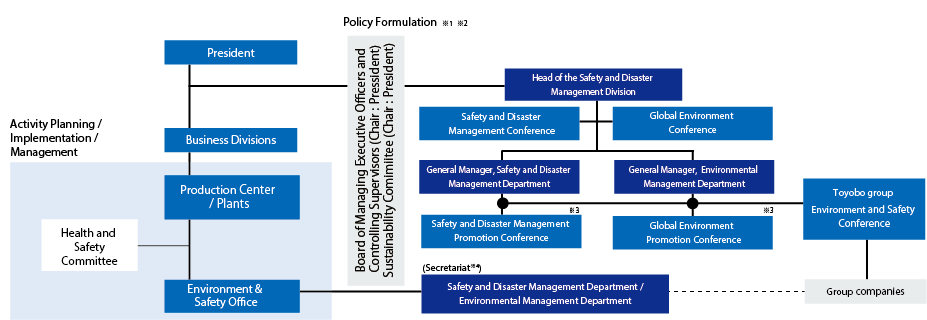
Targets and indicators
< Targets >
- We will strive to prevent disasters and accidents by clarifying and thoroughly complying with basic safety throughout the entire Toyobo group.
< Indicators and results >
| Initiatives | Indicators | Targets | Results (2024) |
|---|---|---|---|
|
|
|
|
|
|
|
|
|
|
|
|
|
|
|
- Major accidents: Defined according to internal standards based on the definition stipulated by the Ministry of Health, Labour and Welfare
Initiatives
Safety initiatives
As part of our commitment to occupational safety, we advance the following initiatives based on the TOYOBO Group Basic Policy on Health & Safety. These efforts focus on two key areas: fostering a safety culture—such as establishing a safety-first mindset and reviewing the education framework—and strengthening the safety infrastructure—such as enhancing on-site safety management and building a Plan-Do-Check-Act (PDCA) system.
Fostering a culture of safety
We have always emphasized “safety as the highest priority” at each worksite. However, insufficient involvement from management had been identified as a challenge. To further cultivate a safety-first culture, we formulated the Safety Declaration and clearly communicated to all employees our renewed commitment to prioritizing safety across labor, environment, products, and equipment.
Furthermore, we conducted a safety awareness survey targeting management, Toyobo employees, and employees of partner companies at each production site to assess the level of safety awareness within each organization. Based on the results, we visualized strengths and weaknesses in leadership, organizational structure, and operational practices related to safety. Using this insight, we are driving activities to address the weaknesses (issues) in each organization, aiming to enhance the overall safety culture.
As part of our efforts to reform awareness, we have revised the safety education framework by hierarchy. For newly appointed executives and Group company presidents, we conduct safety workshops for management and leadership training utilizing external organizations.
Fortifying the safety infrastructure
The entire Company is engaged in 3S activities—Sort, Set in order, and Shine—which form the foundation of our safety and disaster prevention efforts. We identify major hazards and implement countermeasures to prevent serious accidents. Specifically, we assess risks on-site through risk assessments and work studies and improve equipment and work processes accordingly. These improvements are incorporated into standard operating procedures, which are then used to educate employees and prevent accidents. When accidents happen at other companies or workplaces, we conduct case studies to prevent similar incidents and inspect our own workplaces for comparable risks, taking appropriate action as needed.
For new businesses and projects, we have established and operate a system to conduct pre-investment surveys and risk evaluations related to occupational health and safety, reviewing the effectiveness of countermeasures.
Regarding natural disasters, we continuously implement mitigation measures including seismic reinforcement of buildings, infrastructure improvements at business sites and plants, and emergency response drills. We create risk maps for Toyobo Group to evaluate natural disaster risks at each location, advance disaster countermeasures, and incorporate these findings into future site planning.
Safety education
We have established a Company-wide safety and disaster prevention education system, providing the necessary training according to employee level. We also distribute a publication called Safety and Disaster Prevention News, which uses illustrations to clearly convey important safety precautions and emergency response measures, drawing on lessons learned from actual accidents and incidents to raise awareness and promote safe work practices. This publication is widely used as a discussion tool in workplace safety meetings, and back issues are made available on the Company intranet for easy access at any time.
In addition, at sites that operate a technical intern training program for non-Japanese trainees, dedicated staff are assigned to support the trainees’ safety and daily life, including Japanese language instruction and lifestyle assistance. For example, to help trainees work safely, standard operating procedures (SOPs) are translated, and pronunciation aids in hiragana are added to enhance comprehension.
To promote knowledge of safety and disaster prevention, each business site has a designated training space centered on panel displays, and major sites have hands-on safety and disaster training facilities.
Utilization of facilities for experiential safety and disaster preparedness training
To review past disaster incidents and prevent them from fading into obscurity, disaster prevention training centers have been established at the Tsuruga Research and Production Center, the Iwakuni Production Center, and the Inuyama Plant. These facilities aim to enhance knowledge and awareness of safety and disaster prevention, allowing participants, from both within and outside the company, the opportunity to experience the severity of disasters through simulated equipment.
These facilities provide a range of experiences, from common scenarios like slips and falls during walking, which are widespread nationally as well as within our group, to incidents involving falls from steps and platforms, accidents where individuals are pulled into machinery, and the challenges of dealing with smoke and evacuations during fires. Additionally, they simulate the risks associated with fires and explosions caused by dust and static electricity. The centers also share case studies of accidents that have occurred in Toyobo group in the past through digital signage and other means, providing a platform for trainees to gain fresh insights into safety and disaster prevention.
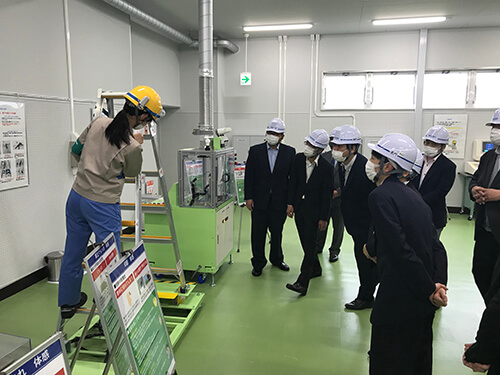
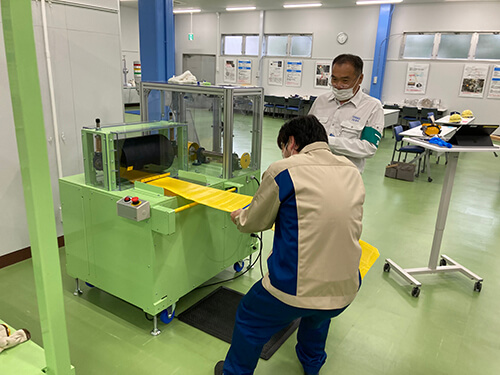
Frequency rate of lost workday injuries (Japan)
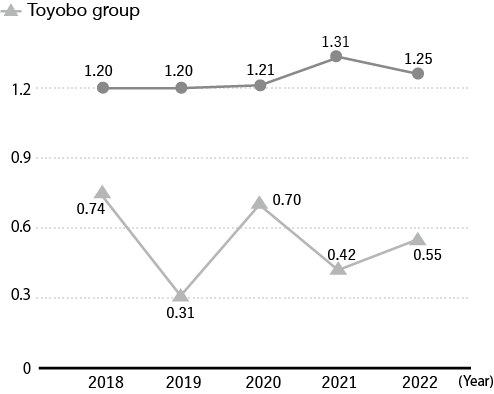
Toyobo Group is striving to achieve zero accidents in accordance with the TOYOBO Group Basic Policy on Health & Safety. The frequency rate of workplace accidents resulting in lost workdays*1 stood at 0.40 in 2024, including affiliated businesses at the same business site.
For each lost time accident, we conduct case studies to identify the root causes and implement appropriate countermeasures.
The main types of accidents and the corresponding countermeasures are as follows.
(1) Reactionary movement: Review of work procedures and training for older workers
(2) Falls: Stricter management of stepladder use and reminders to take extra care when ascending or descending
The cases are shared across the entire Toyobo Group to prevent similar accidents from recurring at other sites.
We have set zero major incidents*2 as a target indicator and recorded no such accidents in 2024.
- Frequency rate of workplace accidents resulting in lost workdays: Number of accidents resulting in lost workdays per one million working hours.
- Major accidents: Defined based on internal standards aligned with the definition set by the Ministry of Health, Labour and Welfare of Japan.
Acquisition of occupational safety and health management system certification (ISO45001)
Toyobo is working to reduce occupational health and safety risks by obtaining certification for ISO 45001, the international standard for occupational safety and health management systems. As of 2025, four sites—Tsuruga Research and Production Center, Iwakuni Production Center, Utsunomiya Plant, and Inuyama Plant—have achieved certification. We plan to expand certifications at additional production centers and plants.
Efforts to prevent the recurrence of fire accidents
In the wake of the September 2018 fire accident at Tsuruga Research and Production Center (No. 2 Plant) and the September 2020 fire accident at Inuyama Plant, Toyobo formulated the Medium-Term Safety and Disaster Prevention Plan to promote measures aimed at preventing the recurrence of fire accidents.
Specifically, we are focusing on enhancing disaster prevention education and training to strengthen the disaster prevention systems at each site. Through these efforts, we aim not only to prevent fires from occurring but also to create workplaces where, in the unlikely event of a fire, human casualties are avoided and other damages are minimized.
Promotion of Disaster Prevention Measures
In reviewing the disaster prevention functions at all Toyobo Group sites, we created a fire risk assessment matrix and fire protection equipment guidelines to identify locations requiring countermeasures. As a result, the Group has made additional investments totaling approximately ¥18 billion to reduce fire risks at our sites.
We also launched a disaster prevention management project to develop a robust disaster prevention management system. Specifically, drawing on expert knowledge, we established unified disaster prevention management standards for Toyobo Group to prevent fires. These standards were designed to be practical and tailored to actual site conditions, enabling autonomous inspections at the workplace level.
Furthermore, we have built a system in which experts regularly review the implementation status of disaster prevention measures at each workplace.
Enhancement of Disaster Prevention Education and Training
Learning from past fire accidents, Toyobo Group holds an annual disaster prevention conference to educate all employees on the details of these incidents and appropriate response measures, helping prevent the fading of awareness over time.
Additionally, focused primarily on managers, group discussions are held using these fire accidents as case studies to raise awareness about the mindset and actions required of supervisors.
To ensure employees can protect their own workplaces in the event of a fire, the content of disaster prevention drills has been revised to be more practical. All employees, including those from partner companies, at every Toyobo Group site participate in at least one drill annually. Furthermore, training programs are continuously enhanced year by year, including nighttime drills and joint exercises with local fire departments, tailored to the circumstances of each site.
Key issues in FY2026
In FY2026, we will advance initiatives with the following set as key issues:
- Deployment of safety and disaster prevention activities with participation by all employees
- Prevention of recurring occupational accidents
- Enhancement of hierarchy-specific training
Steps to enhance our culture of safety

- This expression is a quote from the dss+ Bradley curve of the stages of safety culture development






